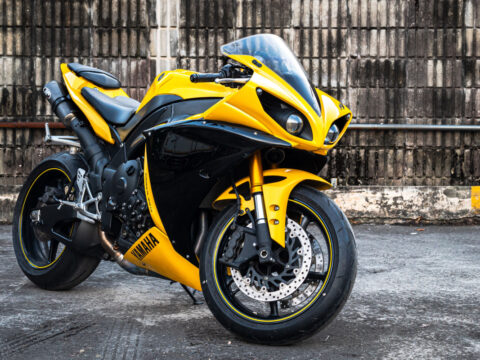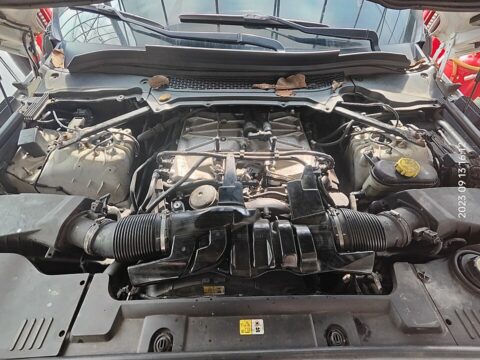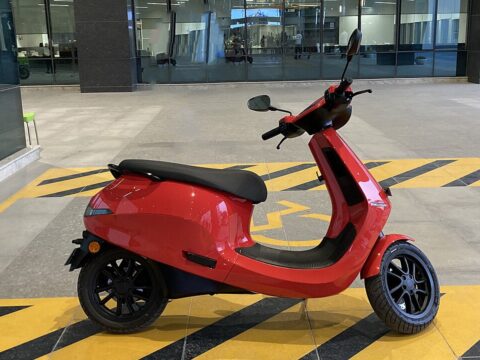When it comes to classic cars, many iconic European models never made their way across the Atlantic. Whether due to limited production, regulations, or simply market preferences, these vintage gems remain elusive to American collectors. In this list, we’ll explore 25 rare European cars that stayed on their home turf.
Contents
Citroën DS
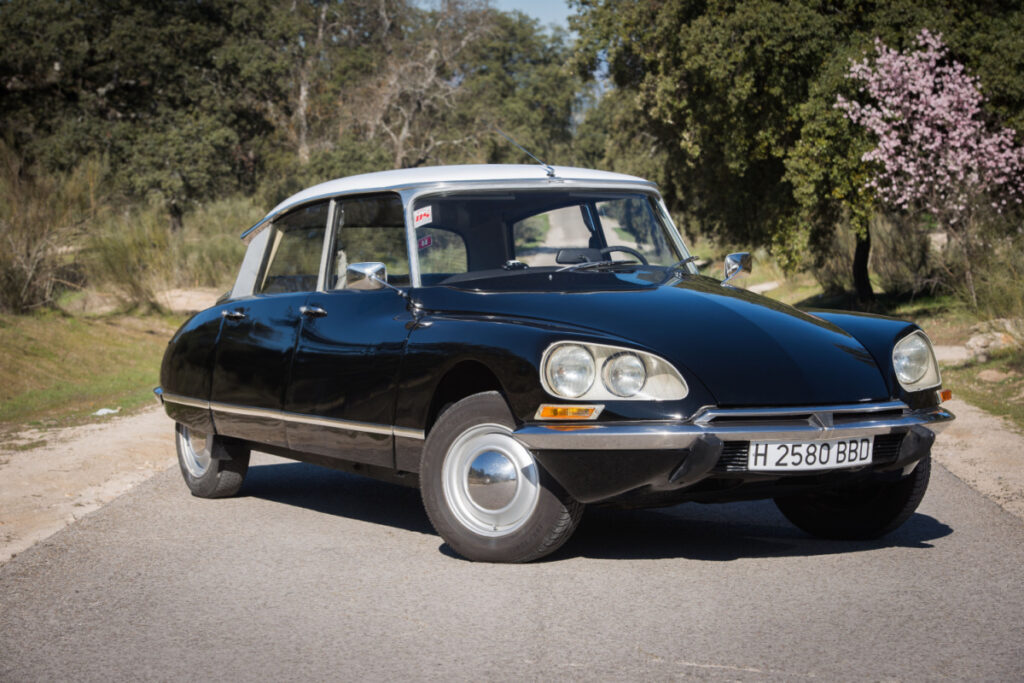
The Citroën DS, introduced in 1955, stunned the world with its futuristic design and advanced technology, such as hydropneumatic suspension and a semi-automatic transmission. Its smooth ride and sleek aerodynamic body made it a symbol of innovation in Europe. However, its complex engineering and unique styling didn’t resonate with American buyers, limiting its presence in the U.S. market.
Renault Alpine A110
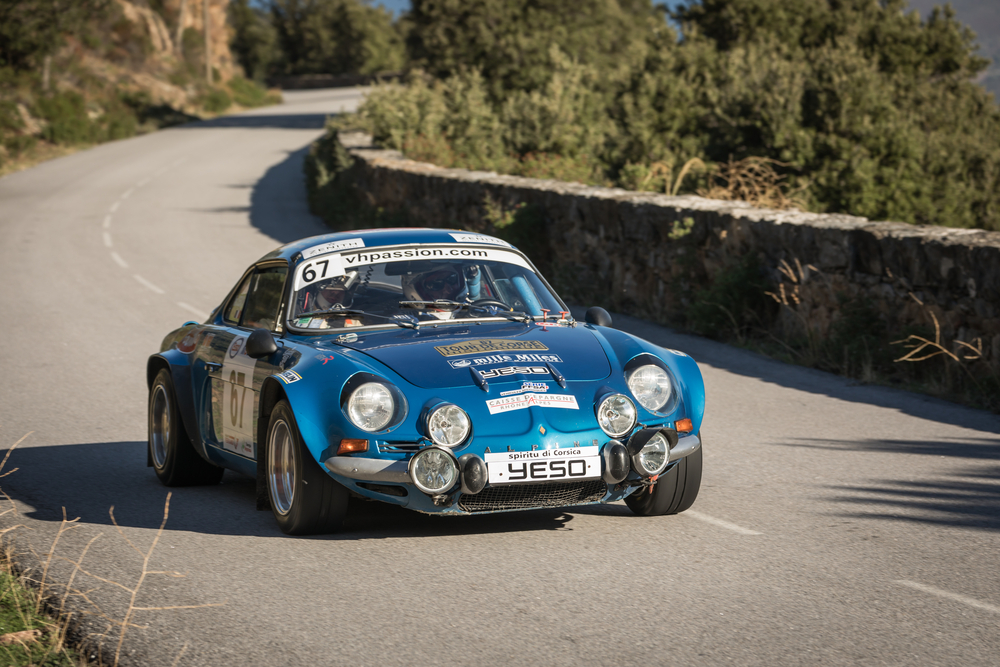
A lightweight sports car built for rally racing, the Renault Alpine A110 was known for its agility and success in competitions like the Monte Carlo Rally. Its fiberglass body, rear-engine layout, and spirited handling made it a hit in Europe but too niche for the U.S. market, which preferred muscle cars over compact racers.
Peugeot 504 Coupe
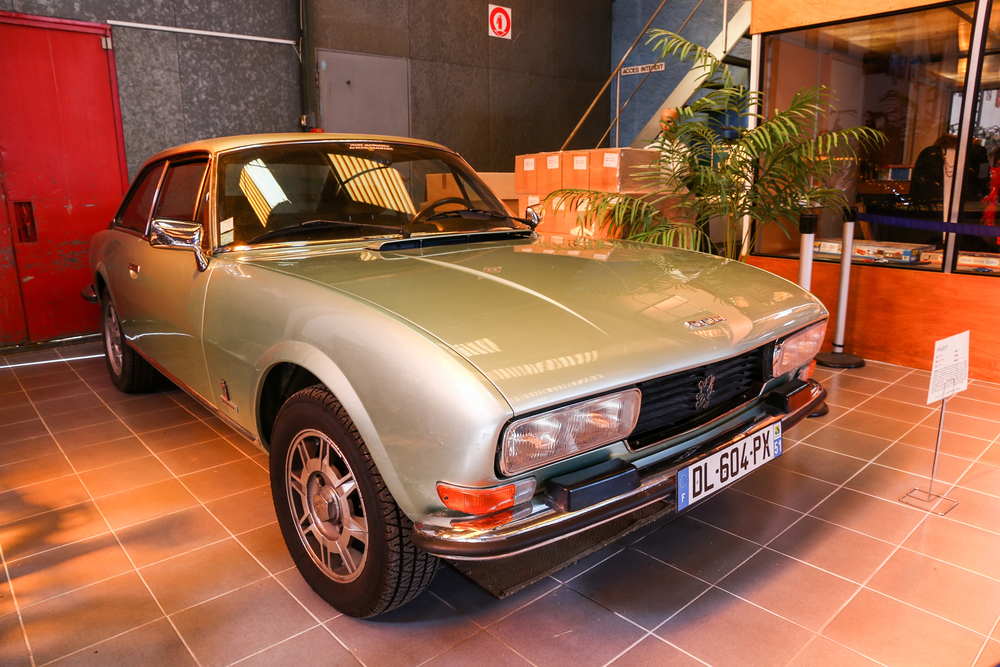
The Peugeot 504 Coupe, with its elegant Pininfarina design, offered a blend of French luxury and Italian flair. While the sedan version of the 504 found some success in the U.S., the coupe’s refined styling and less practical two-door design made it a rare sight on American roads. Its smooth ride and robust engines were better appreciated in Europe.
Lancia Fulvia
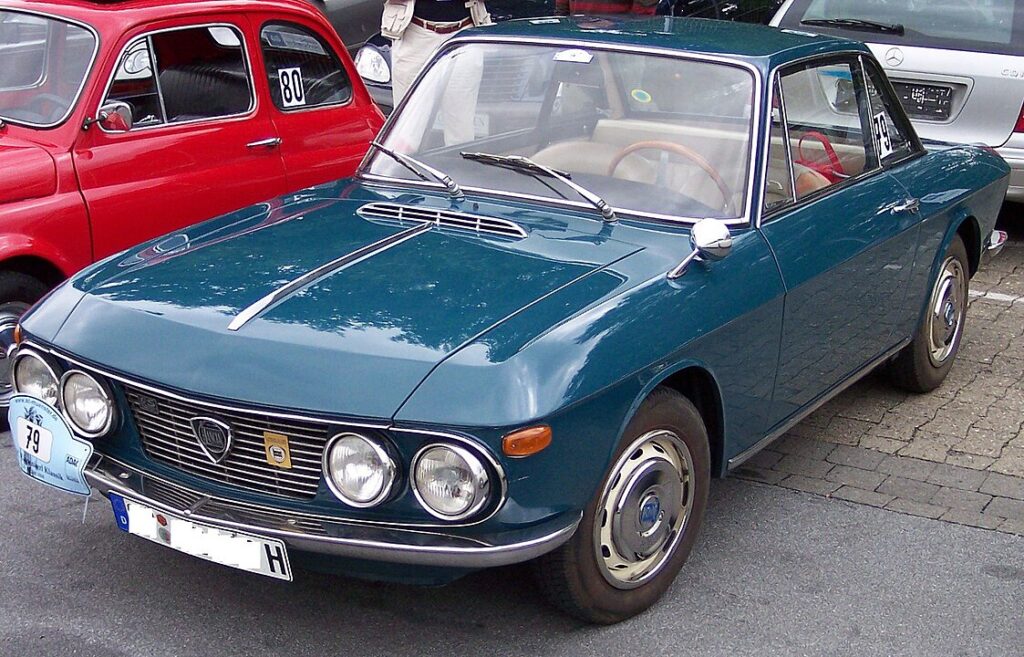
The Lancia Fulvia, particularly the coupe variant, gained fame for its engineering excellence and rally success in the 1960s and ‘70s. Its V4 engine and nimble handling made it a driver’s car in Europe, but its lack of brand recognition and complicated engineering meant it never made a significant impact across the Atlantic.
Alfa Romeo Montreal

The Alfa Romeo Montreal was an exotic grand tourer with a V8 engine, designed by Marcello Gandini. Its striking looks and impressive performance made it desirable in Europe, but Alfa’s limited distribution network and the Montreal’s high price point kept it from gaining a foothold in the U.S. market.
NSU Ro 80
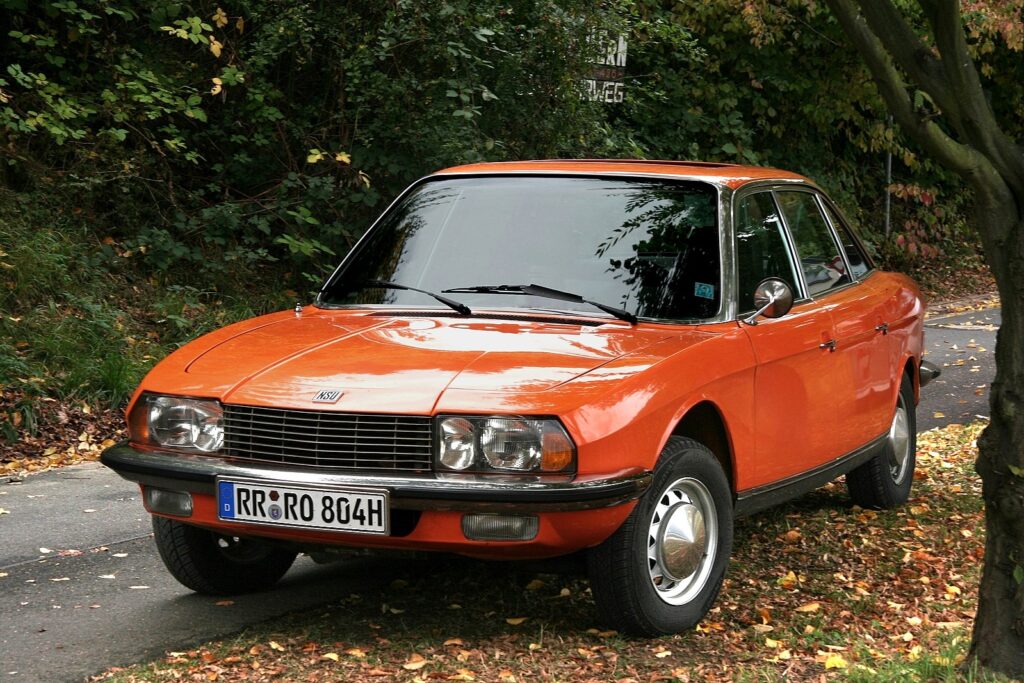
The NSU Ro 80 was ahead of its time with its futuristic design and innovative rotary engine. While it was praised for its smooth ride and advanced features, reliability issues with the Wankel engine hindered its success. This, combined with a lack of widespread support for rotary technology in the U.S., meant it was mostly a European phenomenon.
Renault 5 Turbo
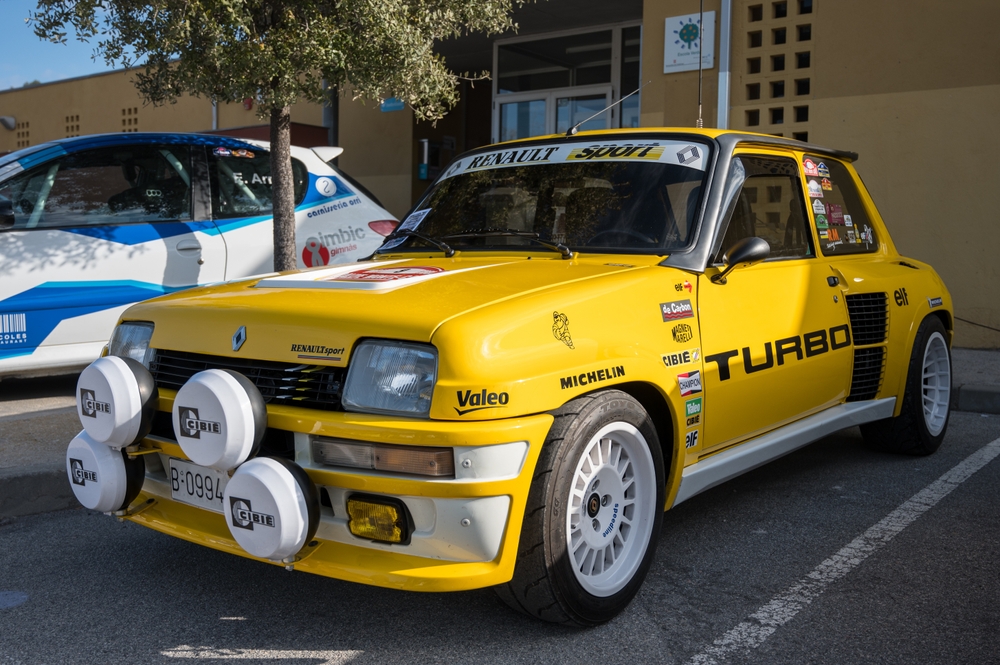
A small hatchback with a big heart, the Renault 5 Turbo was designed for rally racing and came with a mid-mounted turbocharged engine. Its quirky design and rear-wheel-drive layout made it an icon in Europe, but its radical nature and limited practicality kept it from mass appeal in the U.S.
Fiat 130 Coupe
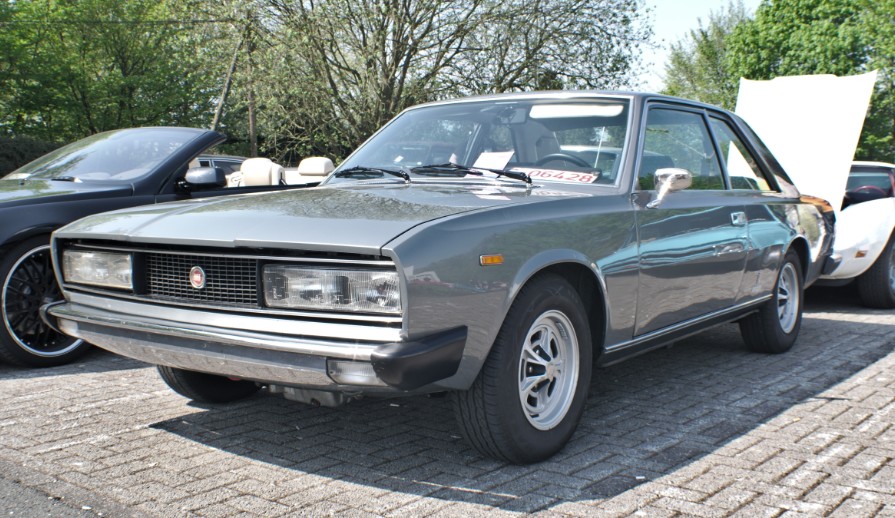
The Fiat 130 Coupe, designed by Pininfarina, was a luxurious and elegant grand tourer with a 3.2L V6 engine. Its refined design and smooth power delivery made it popular in Europe, but the Fiat brand’s reputation in the U.S. at the time, coupled with its high price, meant it never crossed the Atlantic in large numbers.
Saab Sonett
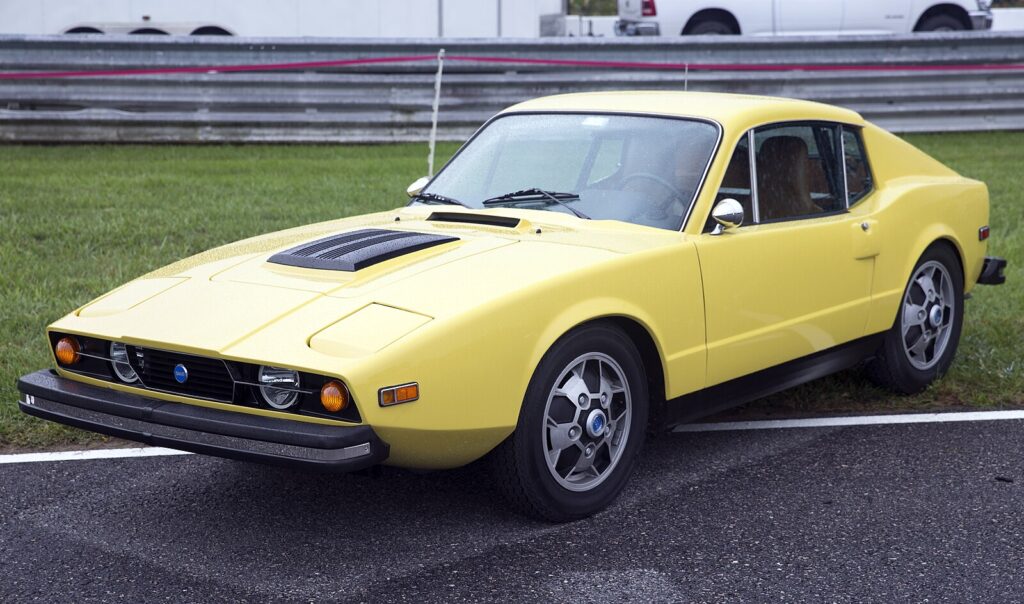
A quirky Swedish sports car, the Saab Sonett was powered by a V4 engine and boasted a fiberglass body. While it had a niche following in Europe, its unconventional design and limited power output didn’t appeal to the American sports car market, which favored more powerful options like the Corvette.
Lancia Stratos
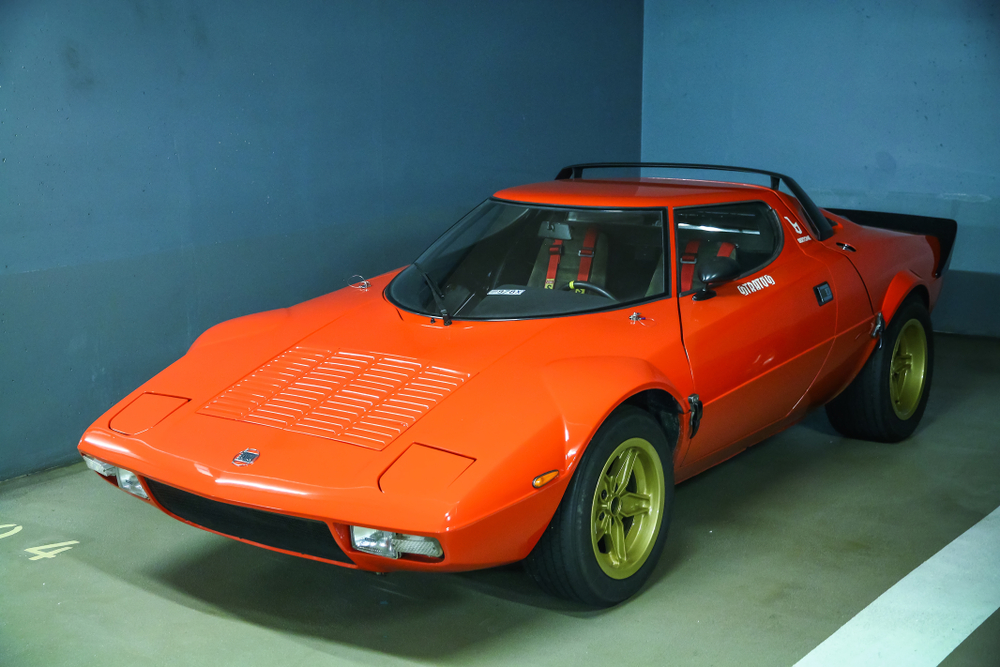
The Lancia Stratos was a purpose-built rally car with a mid-mounted Ferrari V6 engine. Its aggressive design and rally pedigree made it legendary in Europe, but its raw nature and limited production kept it far from the American market, where such specialized vehicles had little appeal outside of racing circles.
Talbot Matra Murena
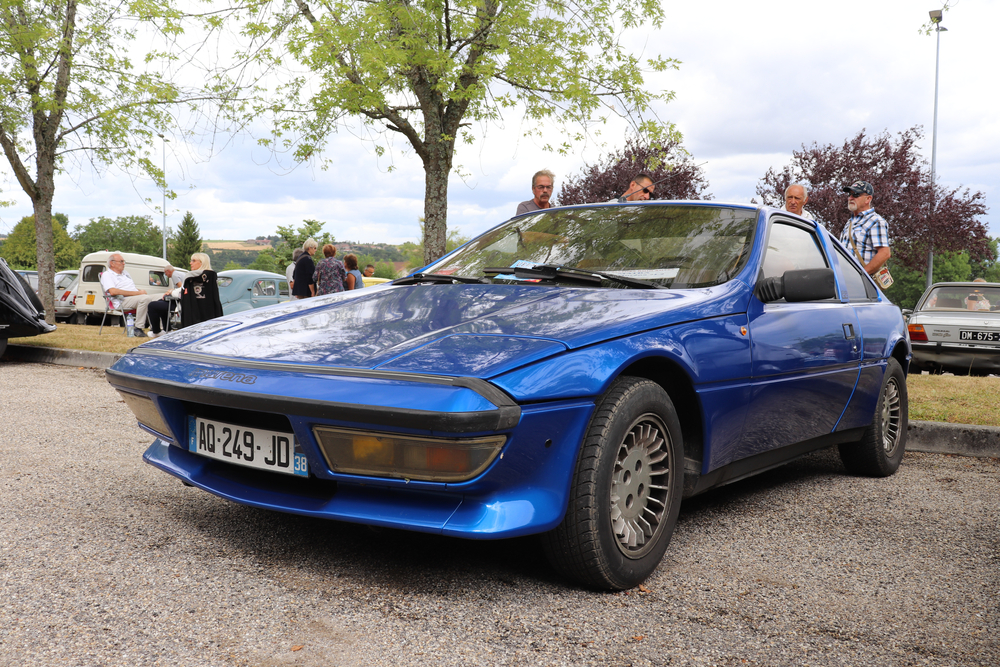
The Talbot Matra Murena, known for its three-seat layout and wedge-shaped design, was a French sports car that combined innovation with practicality. Its mid-engine configuration and aerodynamic body gave it great handling, but it lacked the power and prestige that American buyers looked for in European imports.
Alfa Romeo Alfasud

The Alfa Romeo Alfasud was a compact car with a spirited boxer engine and great handling, designed for everyday driving in Europe. However, its reputation for rust and build quality issues, along with Alfa Romeo’s limited presence in the U.S., meant it never became a significant player in the American market.
Citroën SM

The Citroën SM combined French engineering with Maserati power, featuring a sleek design and advanced hydropneumatic suspension. Its high price and unconventional design made it a hard sell in the U.S., where American luxury buyers typically gravitated toward domestic brands like Cadillac or Lincoln.
Simca 1000 Rallye
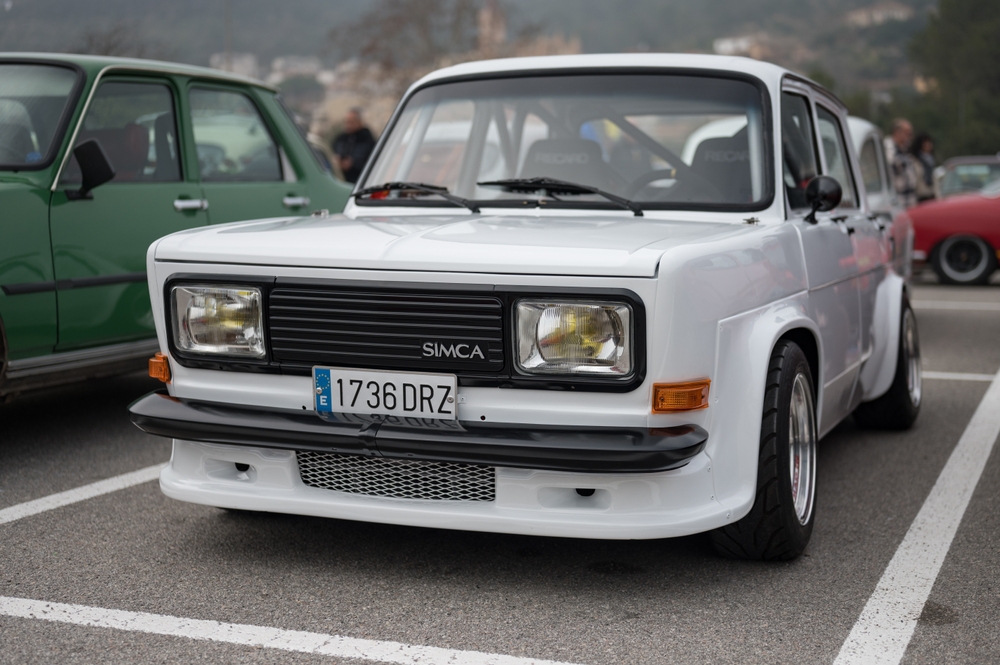
The Simca 1000 Rallye was a compact French car that found success on European rally circuits thanks to its lightweight build and rear-engine layout. Its basic, no-frills design didn’t appeal to American consumers, who preferred more comfort and size in their vehicles, keeping the Simca 1000 Rallye largely unknown in the U.S.
Hillman Imp
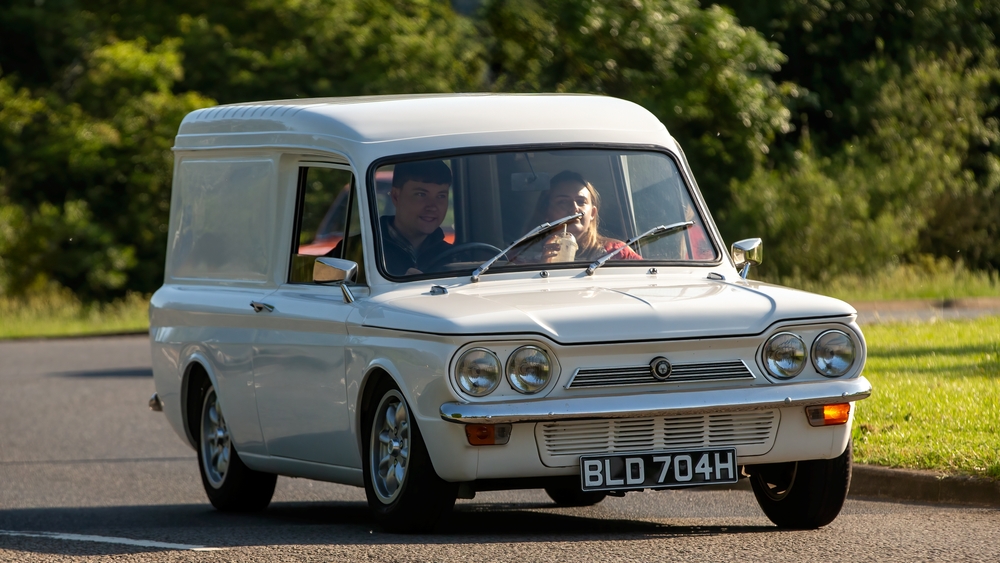
The Hillman Imp, a small British car with a rear-mounted engine, was designed to compete with the Mini. While it had its followers in Europe due to its innovative design and handling, it was too small and underpowered to attract much attention in the American market, where larger cars dominated.
Ford Taunus
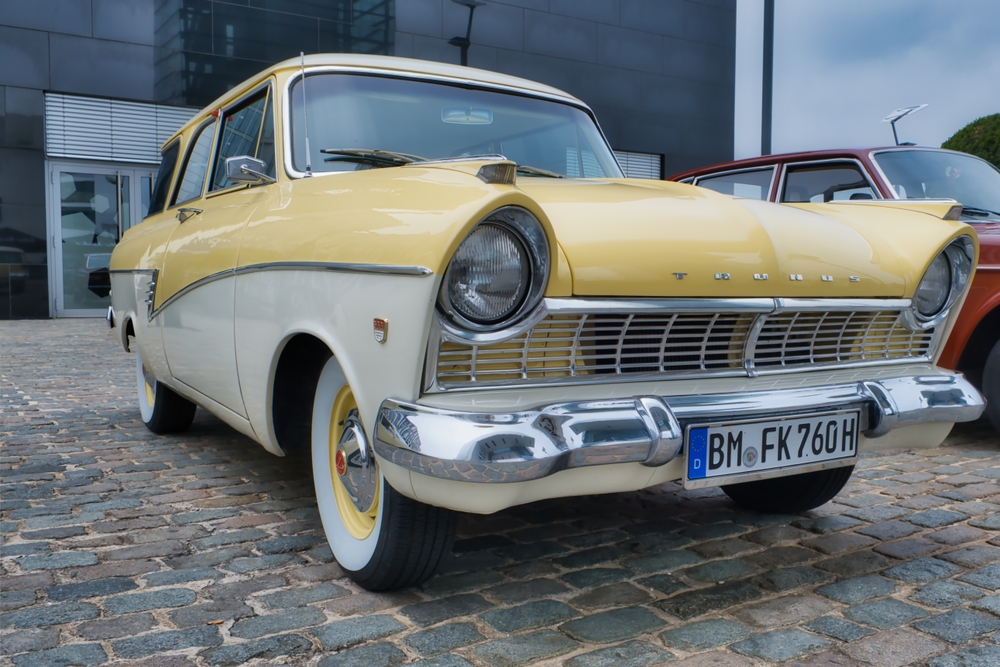
The Ford Taunus, a mid-size car built by Ford of Germany, was popular in Europe for its practical design and reliable engines. Despite sharing the Ford badge, the Taunus was never widely sold in the U.S., as Ford’s American division focused on domestic models like the Mustang and Falcon.
Peugeot 205 GTI
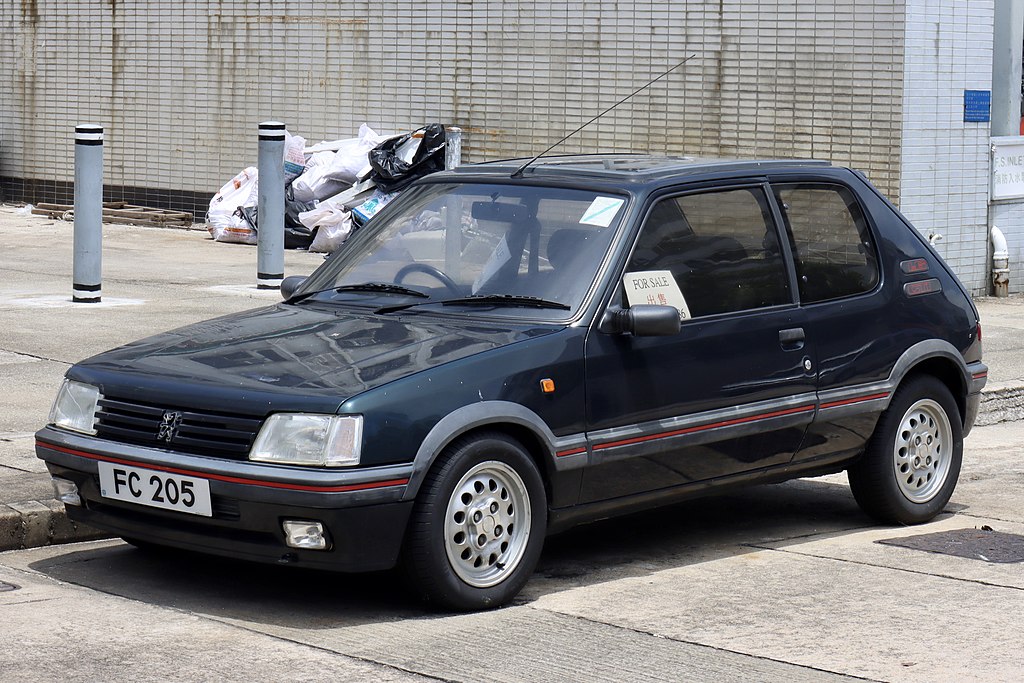
The Peugeot 205 GTI was a hot hatch legend in Europe, loved for its lively handling and rev-happy engine. Despite its popularity overseas, Peugeot’s limited presence and distribution challenges in the U.S. meant that the 205 GTI never found its way to American shores in significant numbers.
Fiat Dino
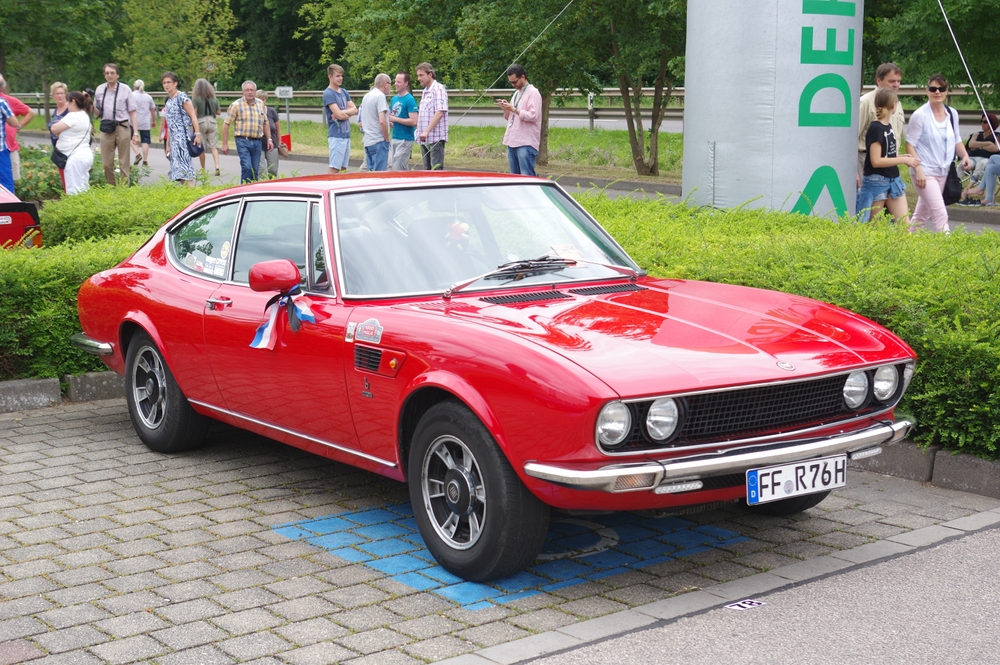
The Fiat Dino, available as both a coupe and a spider, was powered by a Ferrari-designed V6 engine. This collaboration allowed Fiat to homologate Ferrari’s engine for Formula 2 racing. While its Pininfarina design and Ferrari pedigree made it a coveted model in Europe, the Fiat Dino’s exotic price and limited dealership network kept it from becoming popular in the U.S.
Jaguar XJ6 Series 1
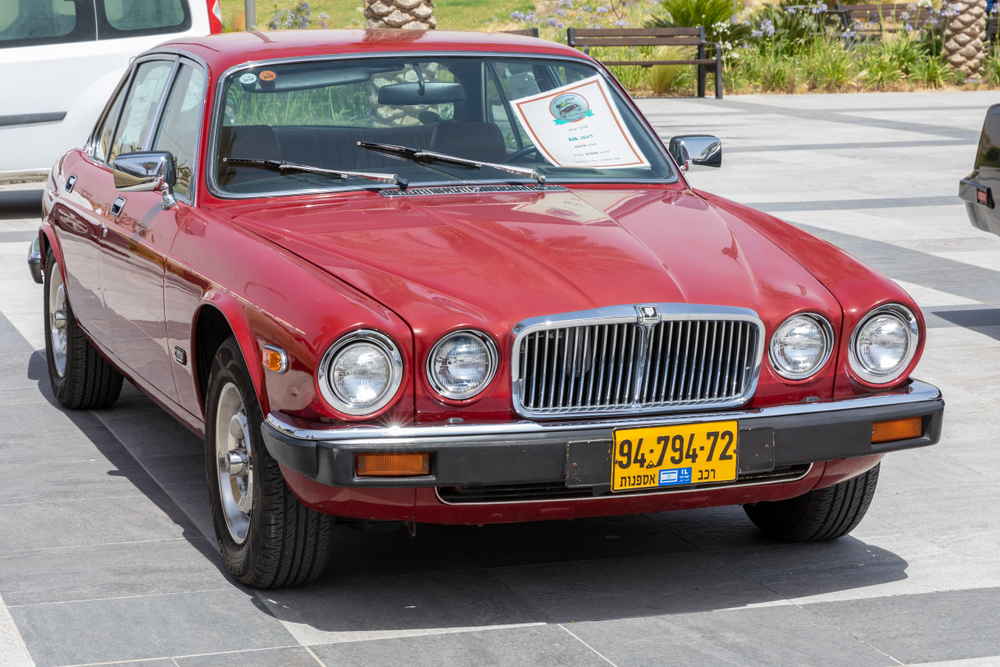
The Jaguar XJ6 Series 1 is a luxury sedan that debuted in 1968, blending performance and refinement. Its 4.2L straight-six engine and elegant design made it a favorite in Europe. However, the early models had reliability issues that deterred American buyers, and later series overshadowed it before it could make a significant impact in the U.S.
Lotus Elan+2
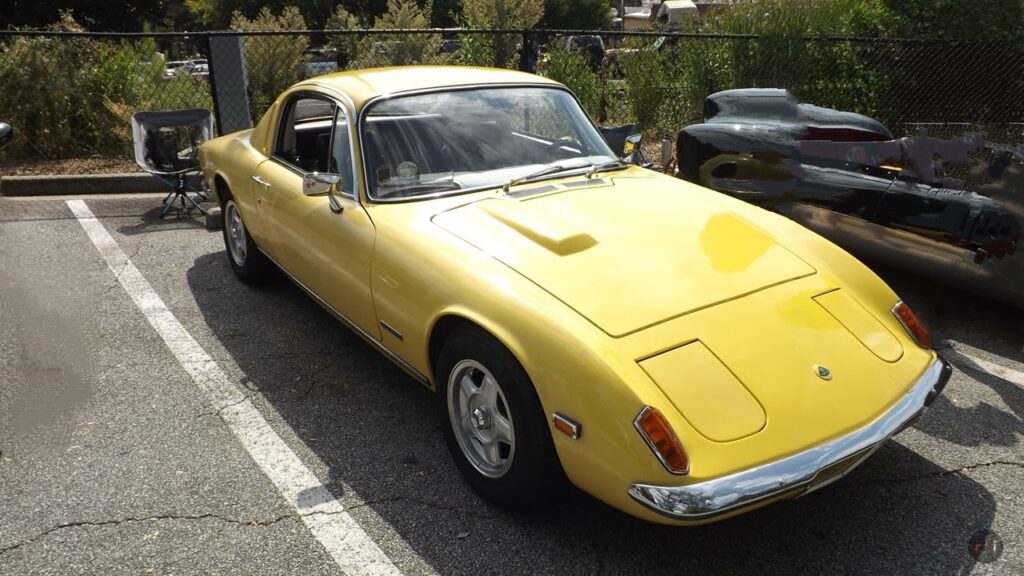
The Lotus Elan+2 was a larger, more practical version of the original Elan, with added rear seats and a refined body style. Its lightweight frame and nimble handling made it a hit among driving enthusiasts in Europe, but its small production numbers and limited distribution network meant that very few reached American buyers.
Rover P5
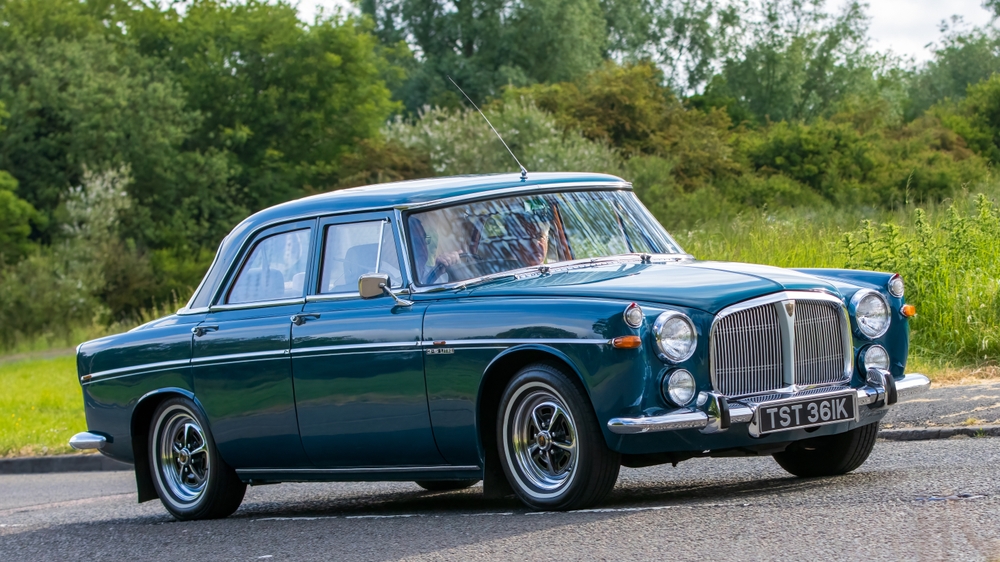
The Rover P5, often referred to as the British Prime Minister’s car, was a large, luxury saloon that gained popularity for its solid build quality and smooth performance. Its classic styling and understated luxury made it a staple in the British motor industry. However, its high price and competition from American luxury brands like Cadillac and Lincoln kept it from finding success in the U.S.
Sunbeam Rapier

The Sunbeam Rapier was a stylish two-door coupe and convertible with a distinctive pillarless design. Known for its rallying success and sleek lines, the Rapier was a symbol of British elegance in the 1950s and 1960s. Despite its popularity in Europe, the Sunbeam brand never gained significant traction in the American market, limiting the car’s presence on U.S. roads.
Triumph Dolomite Sprint
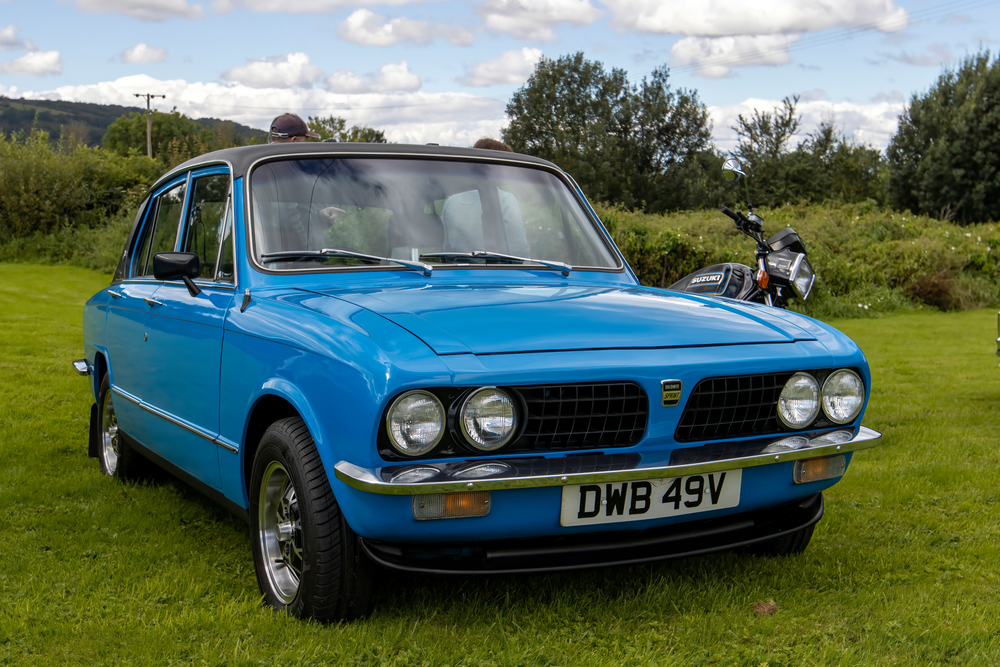
The Triumph Dolomite Sprint was one of the first production cars with a 16-valve engine, making it a pioneer in its class. This sporty British saloon combined sharp handling with spirited performance. Its advanced technology and compact size were ideal for European roads, but American consumers preferred larger, more powerful cars, and the Dolomite Sprint struggled to find a foothold in the U.S.
Daimler SP250
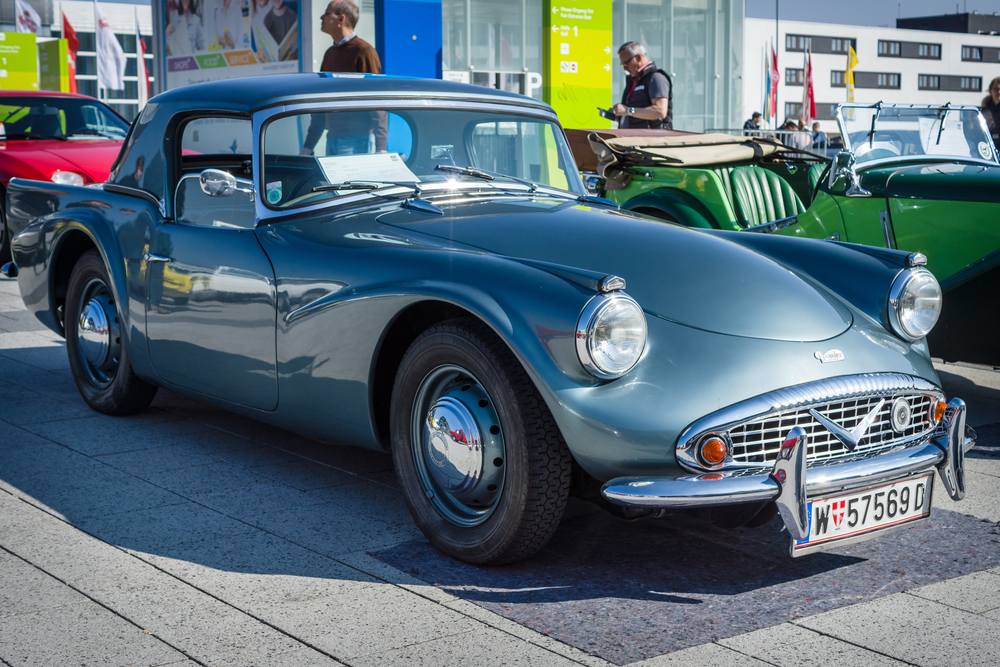
The Daimler SP250 was a fiberglass-bodied British sports car with a V8 engine, offering an interesting mix of lightweight design and power. Its unique styling and strong performance made it an intriguing option in Europe, but its unconventional looks and limited production kept it from gaining widespread appeal in the American market.
Ginetta G15
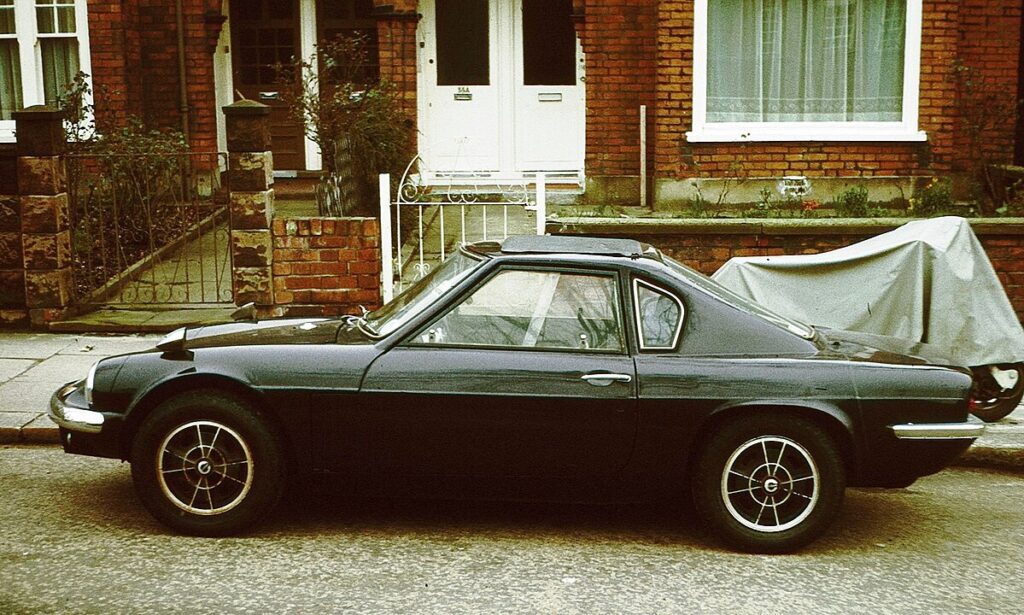
The Ginetta G15 was a small, lightweight sports car known for its excellent handling and rear-mounted Hillman Imp engine. It was a popular choice in British club racing but remained mostly unknown outside of Europe due to its small production numbers and the absence of a dealer network in the U.S. Its simple, minimalist design and focus on driver experience made it more of a niche car for enthusiasts.
This article originally appeared in MyCarMakesNoise.
More from MyCarMakesNoise
25 Cars with Advanced Connectivity for the Ultimate Road Trip Experience
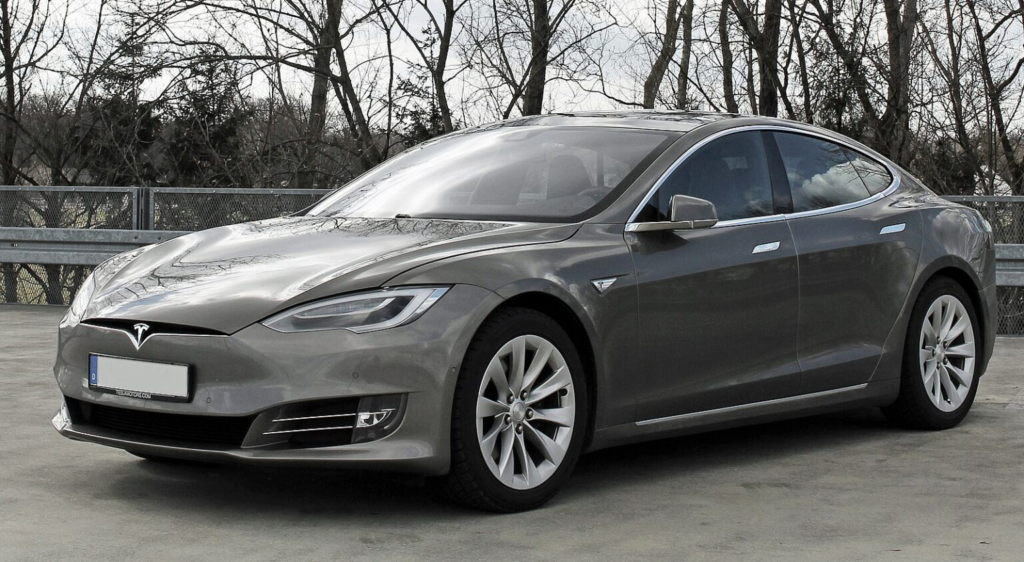
Planning an epic road trip? Staying connected while on the road can make all the difference. Whether it’s for navigation, entertainment, or keeping in touch, having the right tech in your car is essential. Read More
17 Common Car-Washing Mistakes That Are Damaging Your Ride

Keeping your car clean is essential, but are you doing it right? Washing your car seems straightforward, but common mistakes can lead to damage and diminish its appearance. Read More
The 21 Coolest Station Wagons You’ll Want to Drive Home Today

Station wagons aren’t just about practicality, they can be seriously cool, too. The latest models are turning heads and challenging perceptions, from sleek designs and luxurious interiors to powerhouse engines. Read More

